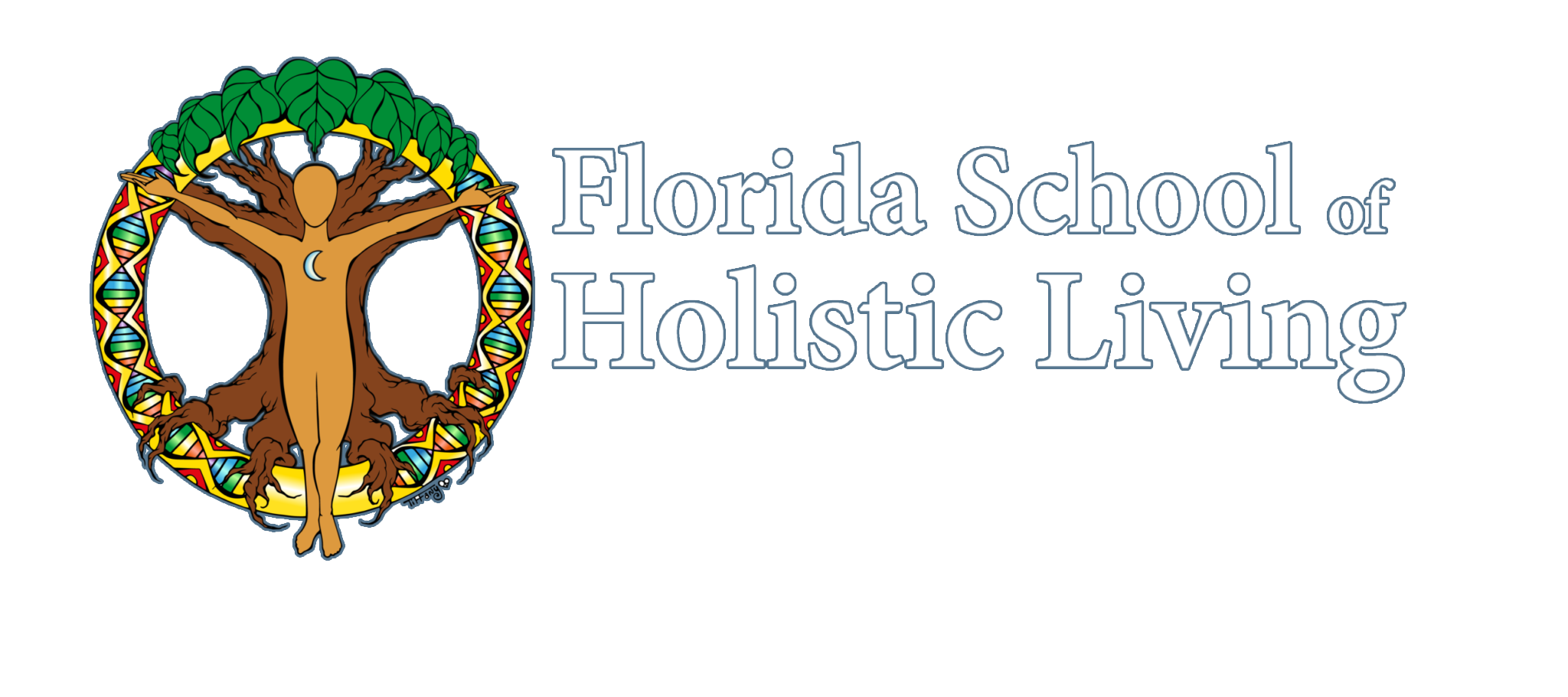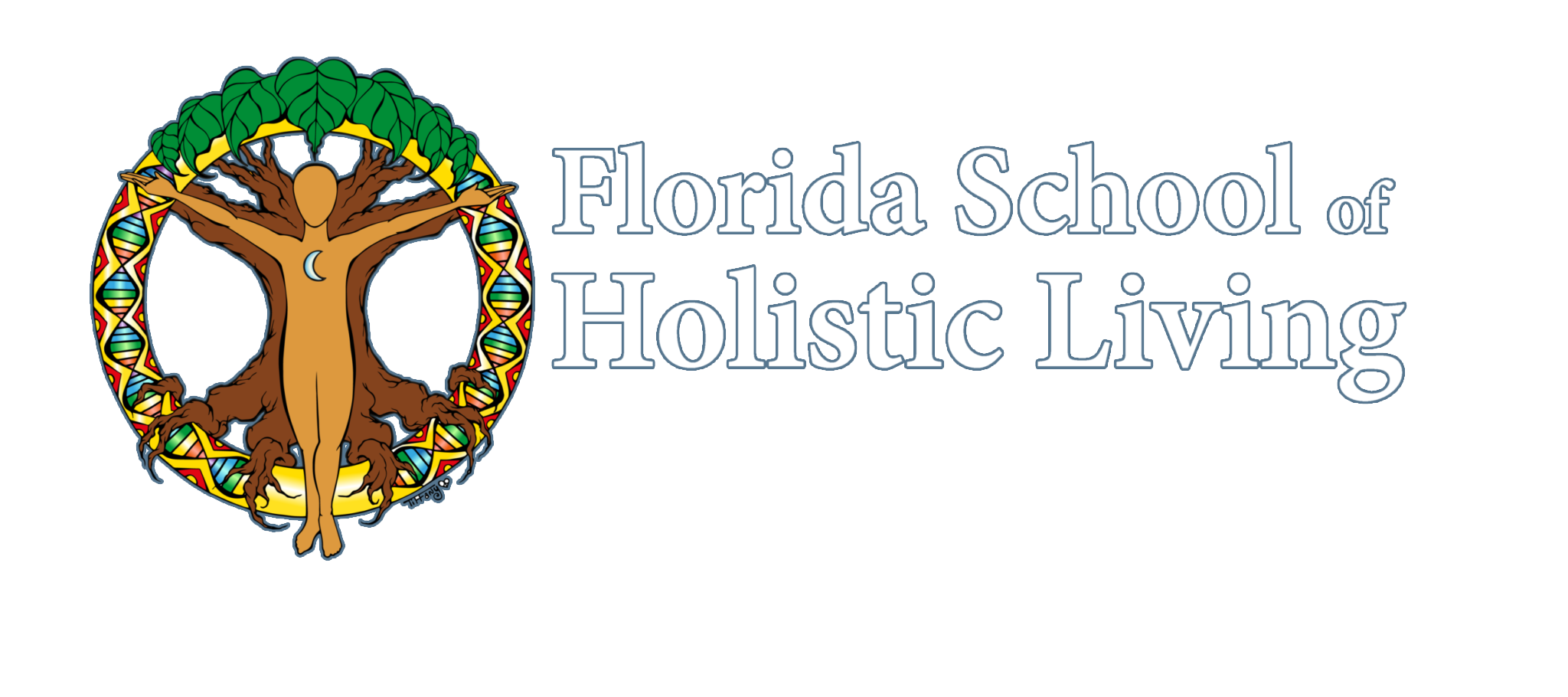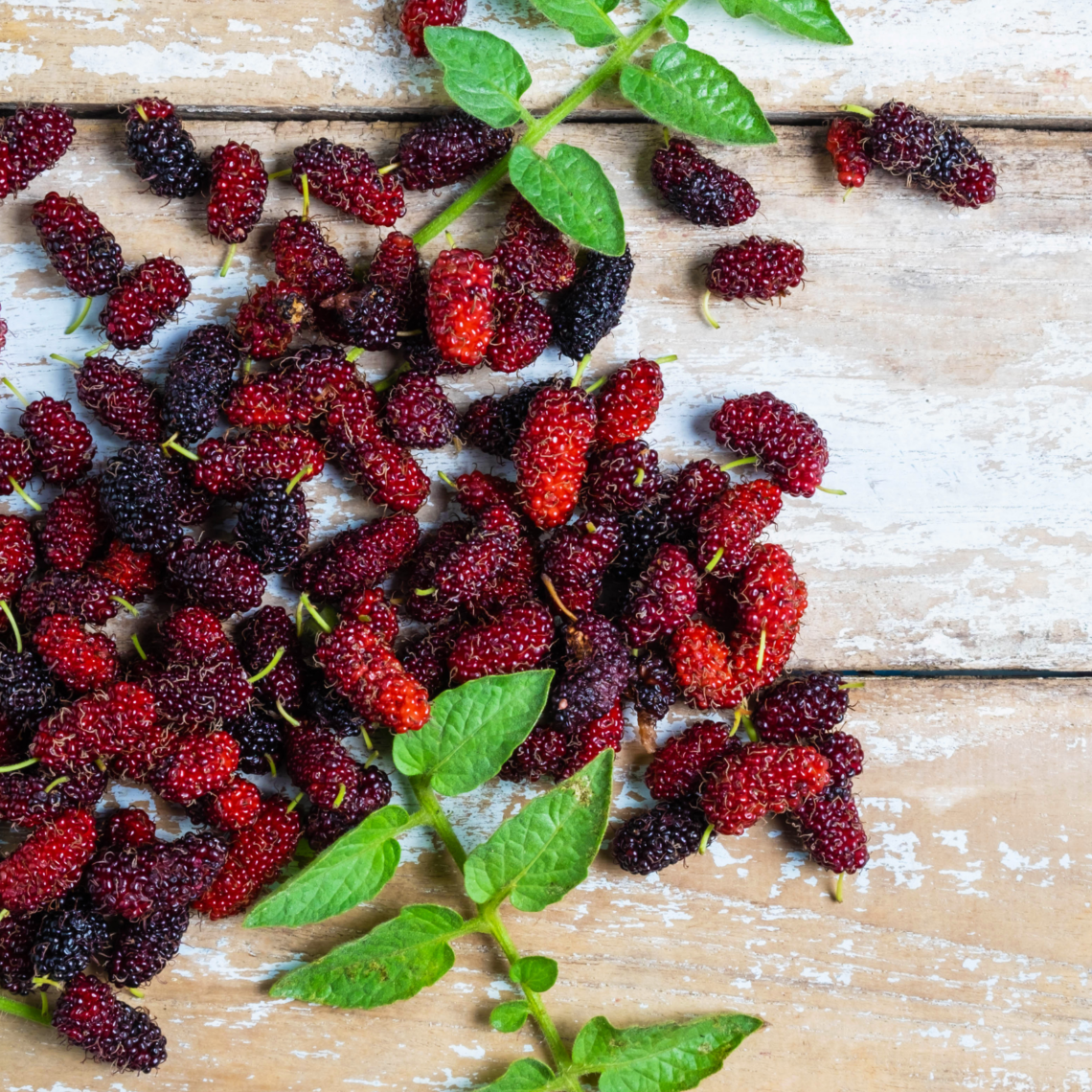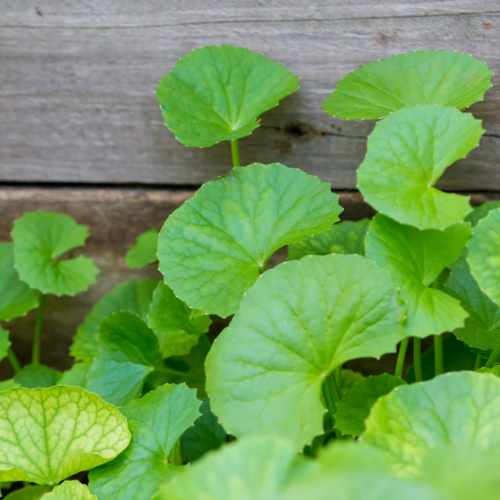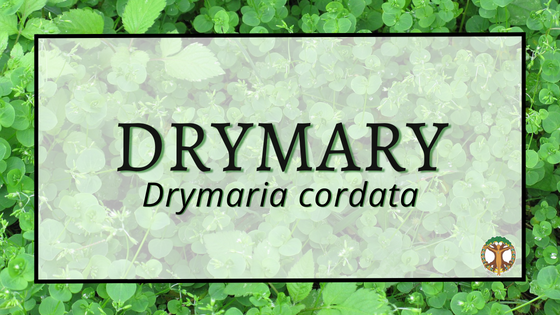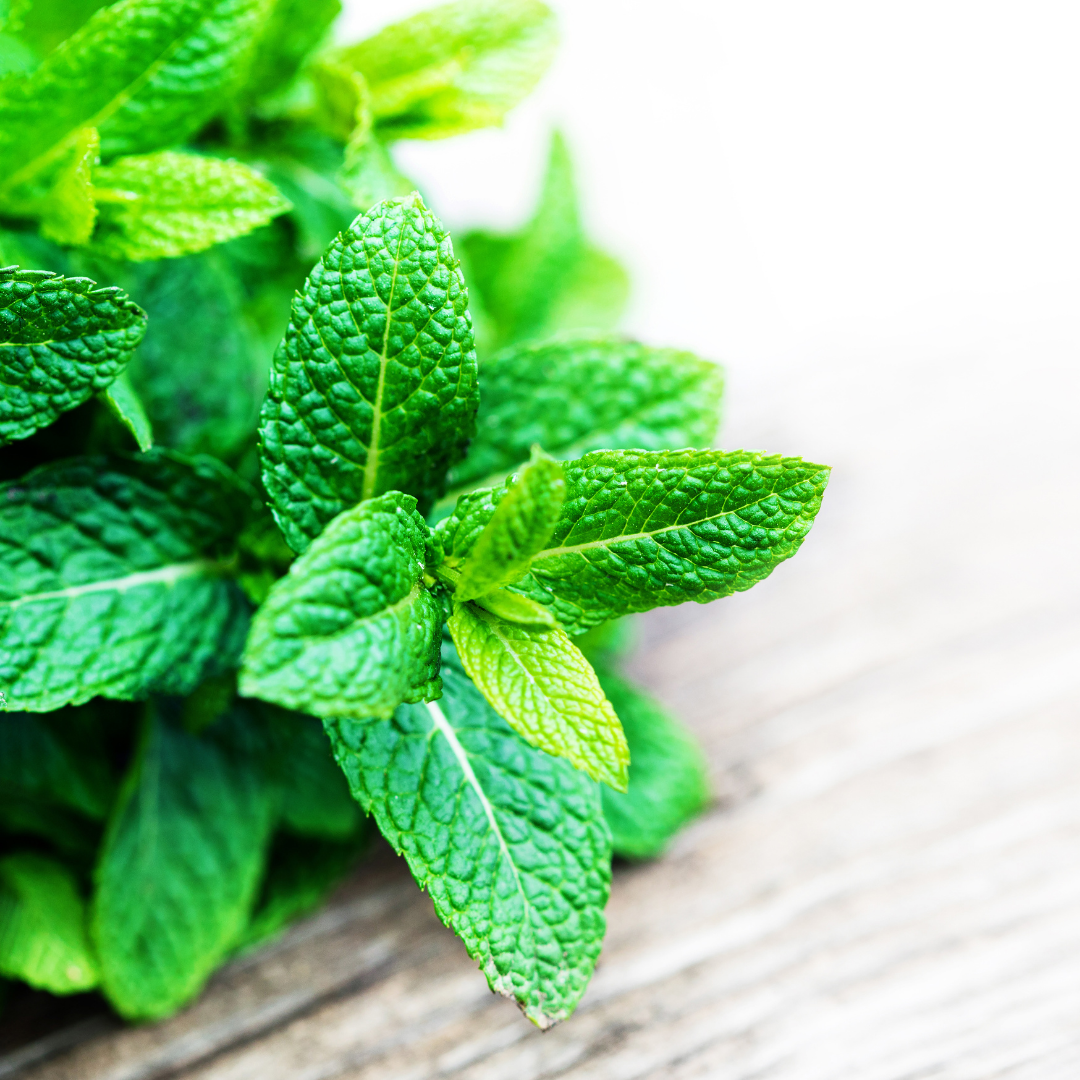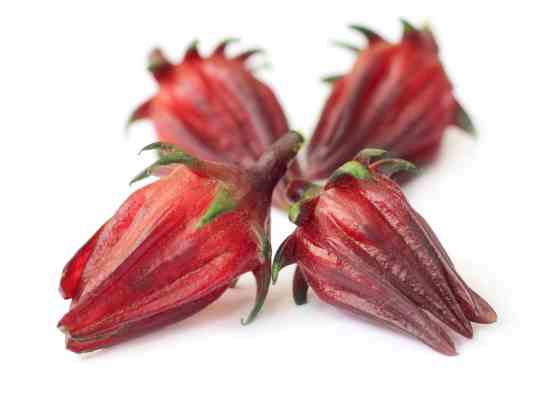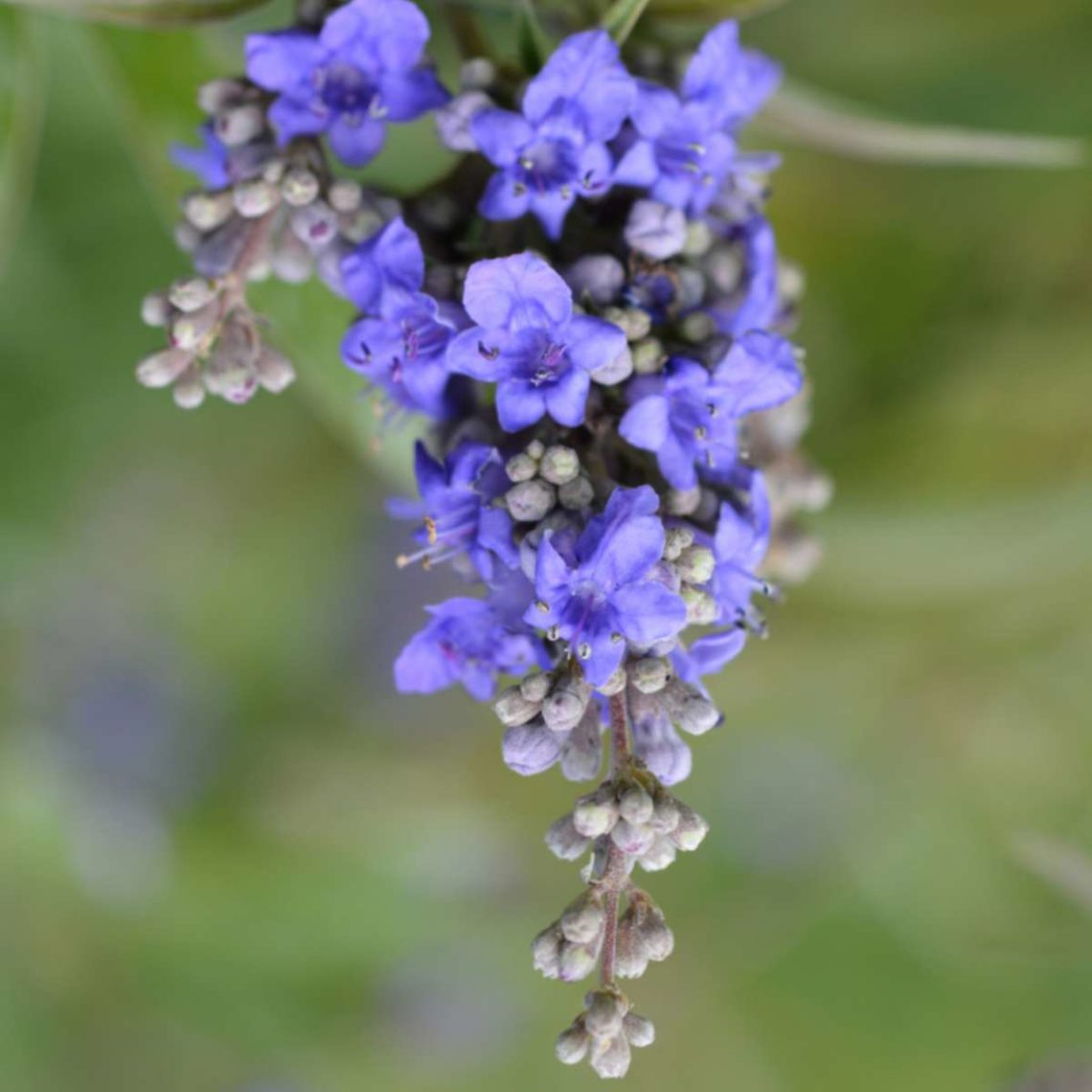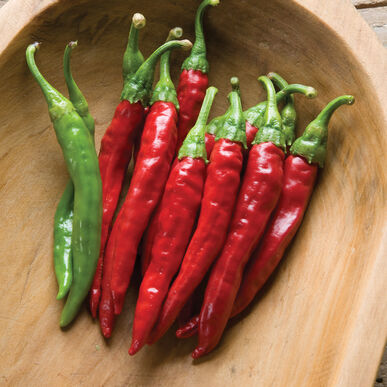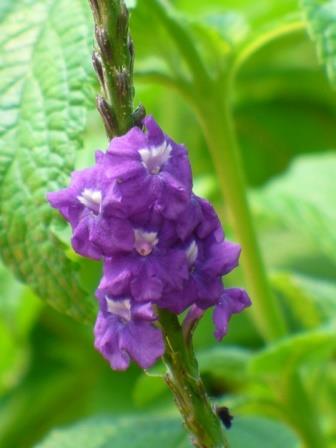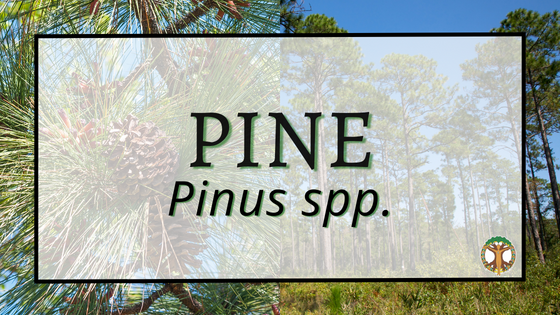-
Mulberry
Common Names MulberryChinese name: Sang Shen (Berry/Fruit), Sang Ye (Leaves), Sang Bai Pi (Bark)Persian name: TootAyurveda: ShahtootFolk names: Tut, Morera, GelsoThe sap is known as “blood of a goose” in Magical formulas. Latin NameMorus alba (white mulberry) and Morus nigra (black mulberry)There are upwards of 50 genera and about 900 species. FamilyMoraceae
-
Gotu Kola
Common Names Indian pennywort, marsh pennywort, Asiatic pennywort, antanan in Pakistan. In Malay cuisine it is known as pegaga, brahmi booti in Hindi, brahmi in Marathi, saraswati aku in Telugu, kudangal in Malayalam, ondelaga in Kannada, Vallarai keerai in Tamil, brahmi (Sanskrit in Ayurveda-not to be confused with Bacopa monnieri), Pohe kula (Hawaii), man t’ien hsing (Chinese), ji xue sao (TCM) pegagam (Indonesian), hang kor chew (Chinese) or nuoc rau ma (Vietnamese) Latin NameCentella asiatica FamilyApiaceae (The Carrot and parsley family)
-
Drymary
Common Names: Tropical chickweed, Drymary, whitesnow, West Indian Chickweed, heartleaf drymary, “Calabar woman’s eye” Latin name: Drymaria cordata Family: Caryophyllaceae
-
Peppermint
Common Names: Peppermint, Brandy mint, American mint, lamb mint, lammint Latin name: Mentha x piperita Family: Lamiaceae
-
Hibiscus
Common Names: Hibiscus, Jamaica, Roselle, Cranberry Hibiscus, Sorrel, Florida Cranberry, Isapa, Yakuwa, Gurguzu, Flor de Jamaica Latin name: Hibiscus sabdariffa; H. acetosella Family: Malvaceae
-
Vitex
Common Names: Vitex, Chaste tree, Chasteberry, Monk’s Pepper Latin name: Vitex agnus-castus Family: Lamiaceae
-
Goldenrod
Common Name: Goldenrod, fragrant goldenrod Latin name: Solidago odora, S. gigantea, S. ulmifolia, S. bicolor, and many others Family: Asteraceae
-
Cayenne
Latin name: Capsicum annuum – Solanaceae Common name: Cayenne, chili pepper, chile Cayenne comes from the same Capsicum genus that includes many other peppers like habaneros and jalapenos. Capsicum peppers are from the western hemisphere where they have been used for thousands of years. The word Capsicum derives from the Greek word kapto meaning “to bite.”
-
Porterweed
Latin name: Stachytarpheta jamaicensis – Verbenaceae Common name: Porterweed, snake weed, blue porterweed, Jamaican vervain, worryvine, Brazilian tea
-
Pine
Common name: Pine Latin name: Pinus spp. (Pinus elliottii – slash pine, Pinus palustris – longleaf pine, Pinus clausa – sand pine, Pinus echinata – shortleaf pine, Pinus taeda – loblolly pine, Pinus serotina – pond pine, Pinus glabra – spruce pine) Family: Pinaceae
